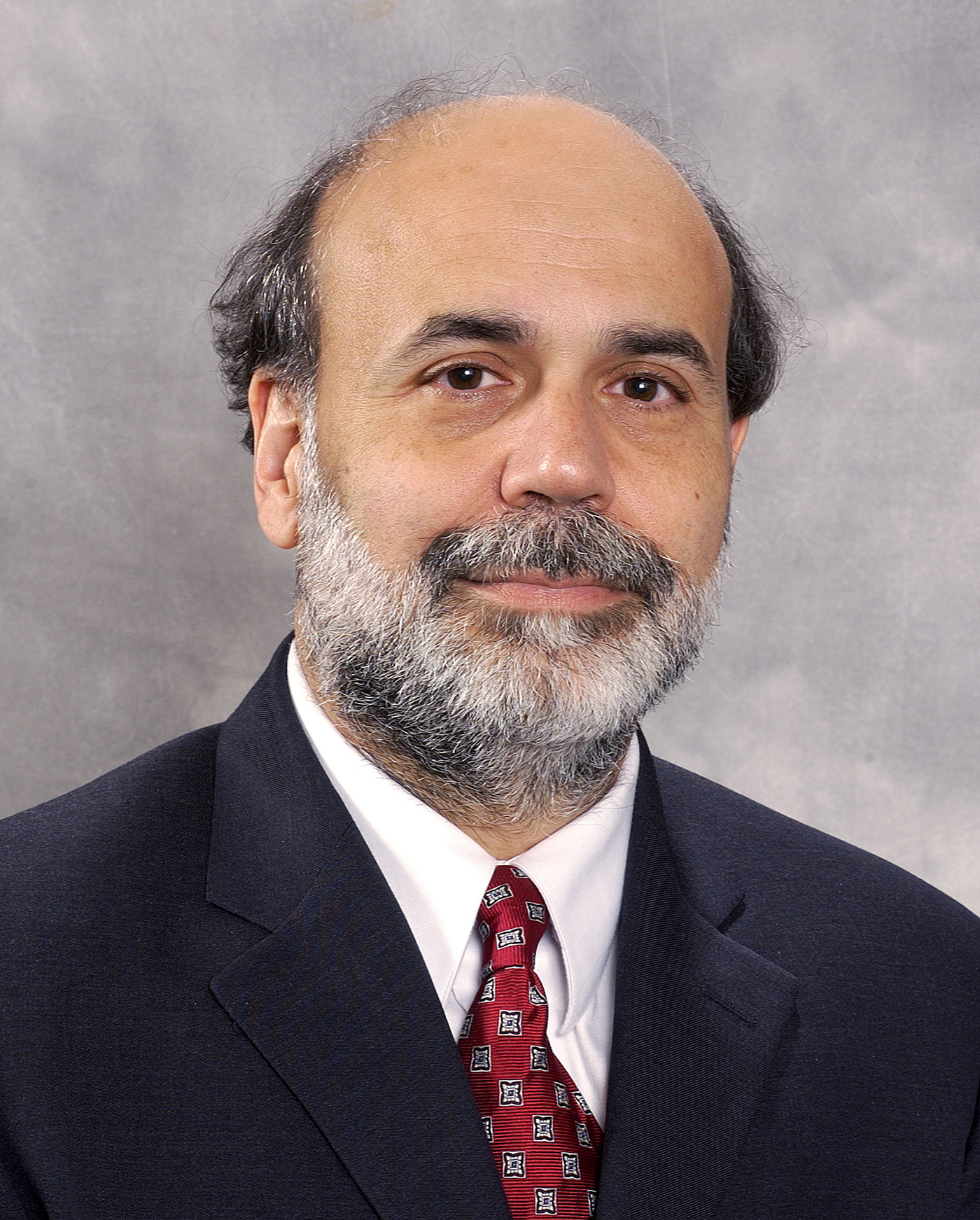 Ben Bernanke says it could be four or five years before the U.S. unemployment rate returns to a “more normal” 5-6 percent range. But when it does, the Federal Reserve chairman worries, the nation could wind up with two sharply divided classes based on education.
Ben Bernanke says it could be four or five years before the U.S. unemployment rate returns to a “more normal” 5-6 percent range. But when it does, the Federal Reserve chairman worries, the nation could wind up with two sharply divided classes based on education.
In a rare interview that aired last night on “60 Minutes,” Bernanke said, “two societies” are developing, “and it’s based very much, I think, on educational differences … If you’re a college graduate, unemployment is five percent. If you’re a high school graduate, it’s 10 percent or more. It’s a very big difference. It leads to an unequal society and a society which doesn’t have the cohesion that we’d like to see. ”
His other concern, he told interviewer Scott Pelley, is how long it’s taking for even skilled people to find jobs, once they are unemployed.
“The other aspect of the unemployment rate that really concerns me is that more than 40 percent of the unemployed have been unemployed for six months or more. And that’s unusually high. And people who are unemployed for such a long time, their skills erode. Their attachment to the labor force diminishes and it may be a very, very long time before they find themselves back in a normal working position.”
From the start of the recession in December 2007 and the end of last year, Bernanke said 8.5 million jobs were lost. Though a million have returned, “At the rate we’re going, it could be four, five years before we are back to a more normal unemployment rate. Somewhere in the vicinity of say five or six percent. ”
(Job counts from the U.S. Bureau of Labor Statistics peaked in December 2007 when 137.95 million people were employed, and December 2009 when 129.588 million had jobs. )
![]() The 60 Minutes interview was conducted before Friday’s job numbers from the BLS were released. That report, which was counter to the expectations of many economists, as well as to reports from private sector groups, said only some 39,000 jobs were added in November.
The 60 Minutes interview was conducted before Friday’s job numbers from the BLS were released. That report, which was counter to the expectations of many economists, as well as to reports from private sector groups, said only some 39,000 jobs were added in November.
While disappointing, the BLS data is imperfect and the initial numbers are typically revised in the next month’s release. So it may be that when December’s report is out (on Jan. 7th), we could see an increase in the job numbers.
The Conference Board today said its Economic Trends Index improved in November and is now at 99.0, up from the revised 97.6 in October. The index is an aggregate of eight labor-market indicators, including temp job hiring, unemployment claims, industrial production, and open jobs.
While the improving index doesn’t mean a quick turnaround in jobs, it points in the direction of moderate improvement. Said Gad Levanon, associate director, macroeconomic research, at The Conference Board, “The disappointing employment numbers released last Friday are at odds with most of the leading indicators included in the Employment Trends Index. While we are not expecting economic activity or employment to grow rapidly anytime soon, we do expect employment to continue to moderately increase, following the trend of recent months.”
Still, Bernanke said during the interview, the recovery is so fragile it may not be self-sustaining. “It’s very close to the border,” he said. “It takes about two and a half percent growth just to keep unemployment stable. And that’s about what we’re getting.”